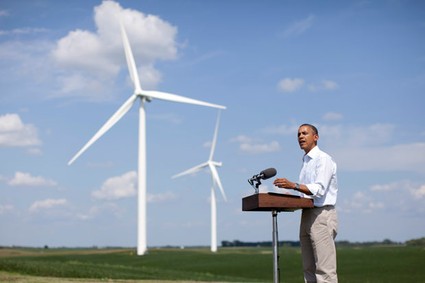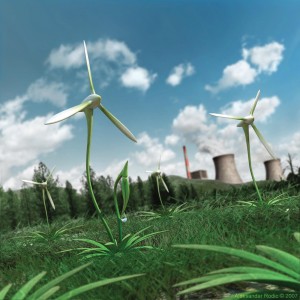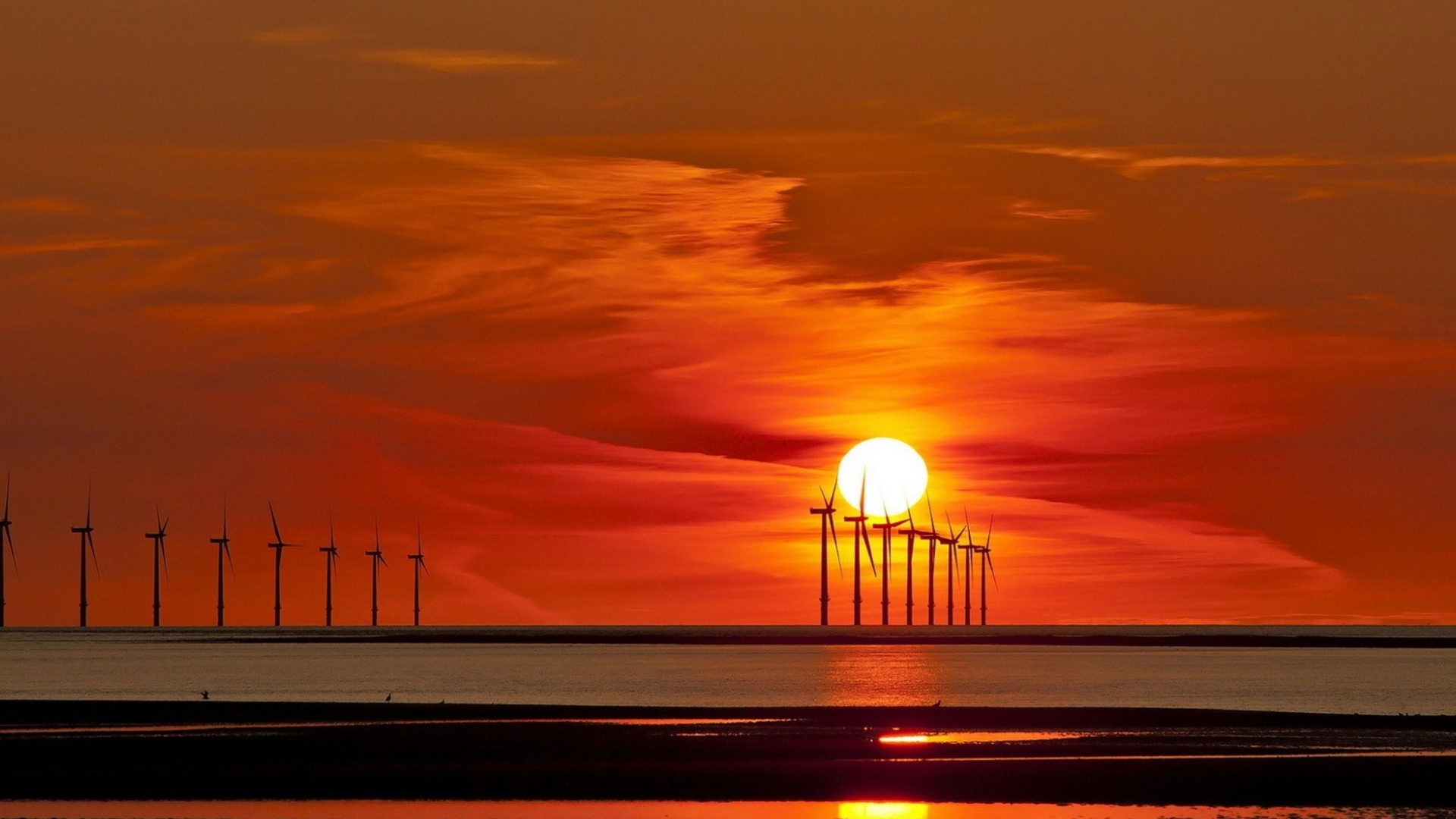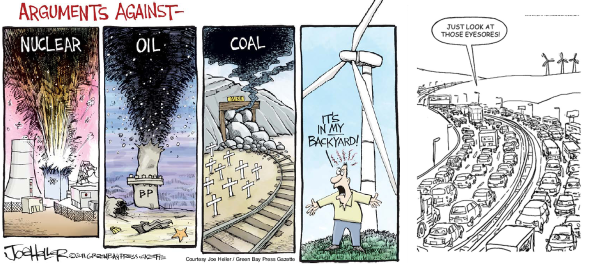Vacationing at the beach always provokes amazing sensory experiences. Everything about lounging in the sand soaking up sunshine, hearing waves crash along the shore, feeling a gentle breeze, and watching a sunset infused with citrus colors relaxes the mind, body, and soul. Now picture an arc of sparkling white turbines dotting the horizon and reflecting the setting sun, their blades twirling as waves tumble below. The image in itself is striking, made only more majestic by the prospect of a clean energy future. The ability to build turbines that each produce 6 megawatts of clean energy in offshore locations seems unreal. Wind capturing technology has made incredible strides since grain-grinding mills first became widespread, but something is holding it back from reaching its potential.
Tag Archives: Environment
Machinations on Machines: Turbines Take the Stand in Politics
The energy market has always been at the forefront of politics, though recent arguments seem like no more than a pissing match between the fossil fuel industry and everyone else. Many decisions have been made not for the overall pros or cons of a particular sector, but based on who can raise more funding—and more hell—in Washington.
Subsidies, Tax-breaks, and the Obama Administration
 The Obama administration has made it a point to support and promote renewable energy resources. In 2012, President Obama’s campaign focused on wind energy as a realistic and effective supplier of power for states like Iowa and Colorado, promising to extend a renewable energy production tax credit while he was in office. Now, in 2014, over $14 billion has been granted to wind energy contractors since 2009, either in the form of this production tax credit, or as part of a renewable energy subsidy afforded by Obama’s stimulus package.
The Obama administration has made it a point to support and promote renewable energy resources. In 2012, President Obama’s campaign focused on wind energy as a realistic and effective supplier of power for states like Iowa and Colorado, promising to extend a renewable energy production tax credit while he was in office. Now, in 2014, over $14 billion has been granted to wind energy contractors since 2009, either in the form of this production tax credit, or as part of a renewable energy subsidy afforded by Obama’s stimulus package.
Against the Wind-or With it?
 Wind is a natural phenomenon that occurs when molecules move freely in response to differences in air pressure. Likewise, energy can be harnessed for human consumption when blades of a turbine move in response to these innate fluctuations. Wind farming allows for the production of relatively clean energy. The price of this energy, however, is far from free.
Wind is a natural phenomenon that occurs when molecules move freely in response to differences in air pressure. Likewise, energy can be harnessed for human consumption when blades of a turbine move in response to these innate fluctuations. Wind farming allows for the production of relatively clean energy. The price of this energy, however, is far from free.
The Dangers of Antibacterial Soap

Hand soap with Triclosan. Courtesy of CAPL Washington and Jefferson College
When buying soap and cleaning products, most consumers purposefully purchase brands that are known for being antibacterial. It has been well advertised that antibacterial products are necessary for keeping people and their families safe from getting sick; as it turns out, this assumption that antibacterial is better is not being confirmed by modern research. Additionally, the active ingredient in antibacterial soap, triclosan, is bad for the environment and potentially dangerous for humans.
Triclosan is a molecule that contains mostly carbons and chlorine, and was first patented in 1964. While that molecular makeup seems harmless, especially considering all healthy, organic compounds contain carbon and chlorine is a common atom that humans are exposed to, the particular structure may actually be detrimental to the environment and human health.
Continue reading
Face wash: A Major Contributor to Micropollutants in Water

The products enclosed by green circles have plastic exfoliating beads (2014). Photo courtesy of Gwen Gallagher
Facial washes are extremely popular products used for deep cleanses and are an integral part in most people’s daily routine. They are especially helpful for preventing acne and giving the consumer a refreshed feel. Some face washes contain exfoliating beads to improve the soap by mechanically removing the outmost layer of skin. The beads help remove dead skin layers and any debris from the day to reveal smoother skin and facilitate the growth of healthy, rejuvenated skin. The exfoliating beads tend to be made of out plastic and were considered ideal for the consumer because of the guaranteed smooth surface, which reduces the potential for redness and irritation of the skin. Unfortunately, the beads are so small that they can slip through water treatment facilities and plastic is not easily degradable. As a result, plastic microbeads are accumulating in marine environments and posing a threat to the organisms.

